How to Grow Vegetables from Seeds: Everything You Need to Know
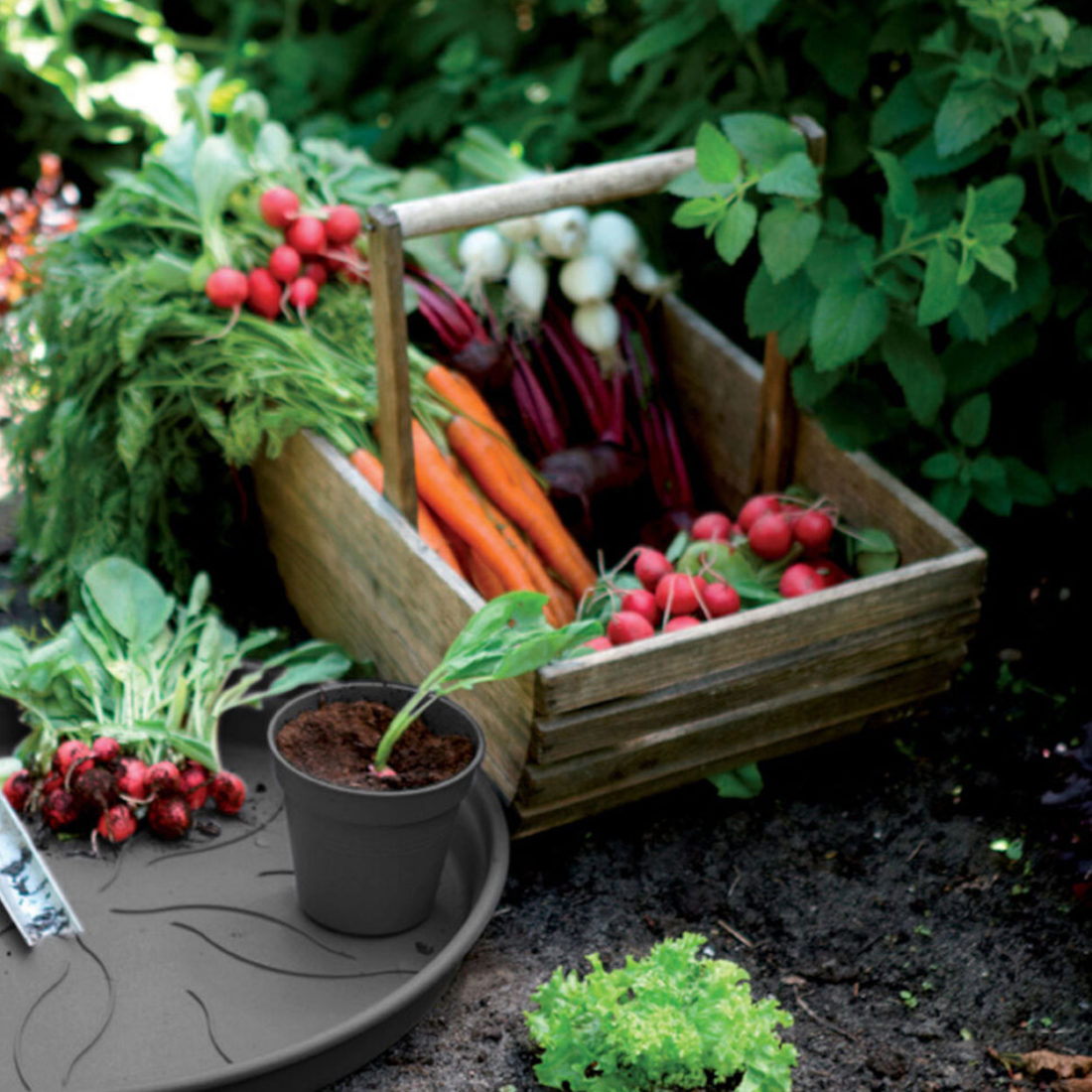
Growing vegetables from seeds has many benefits. For starters, it’s a rewarding process to nurture something from a seed to an actual crop. You also know exactly how your vegetables are sourced versus buying them from your local supermarket. While it may seem like a daunting process, learning how to grow vegetables from seeds is straightforward. We’ve got everything you need to know to see growth in your seedlings here!
The Best Vegetables to Grow from Seeds
The first task to check off your list: deciding on the best vegetables to grow from seeds! This depends on a few things: the season you’re growing your vegetables in; the location and lighting of your seedlings; and the average moisture of your soil. If you’re growing your vegetables from seeds indoors, you have more control over how moist your soil stays. However, you may have fewer spots with adequate sunlight. On the other hand, if you want to know how to grow vegetables from seeds outdoors, you’ll need to pay more attention to the season you’re growing in, and how wet the ground stays.
Below is a list of the best vegetables to grow from seeds based on growing indoors versus outdoors:
The Best Vegetables to Grow from Seeds Indoors
There are plenty of vegetables that don’t require a lot of space and are easy to care for.
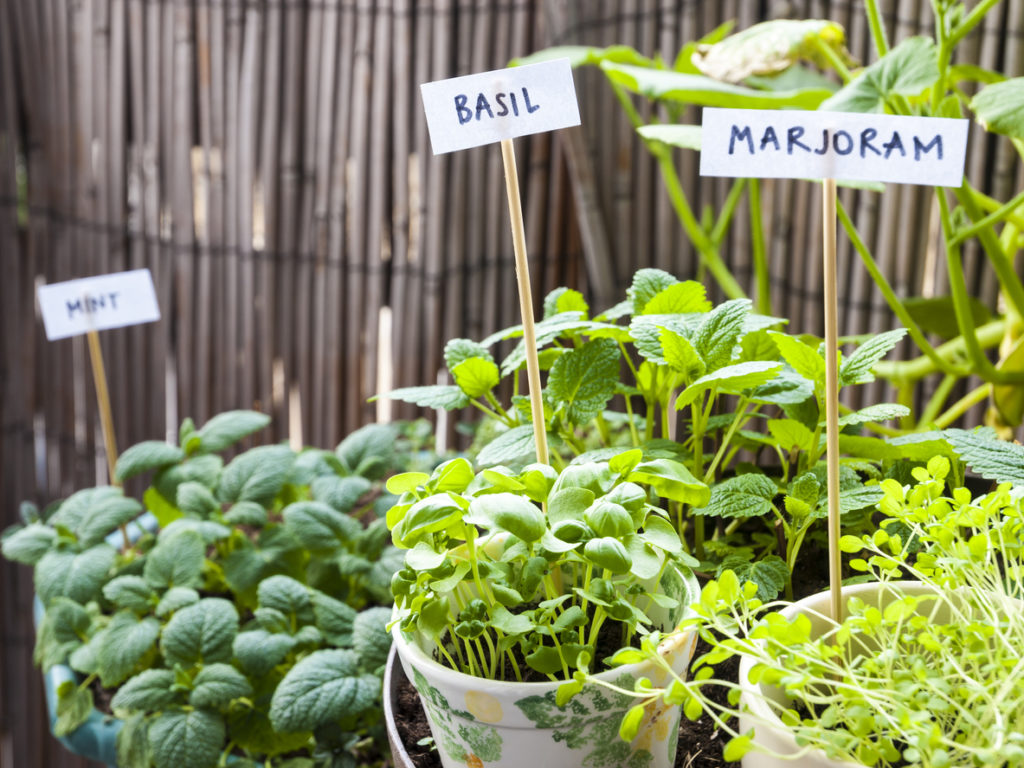
These include:
-Herbs like Basil, Oregano, Rosemary, Sage, Mint, Chives, Parsley and Thyme
-Leafy salad greens like Kale, Rocket, and Spinach
The Best Vegetables to Grow from Seeds Indoors and Transplant Outdoors
Certain vegetables are typically slow growers and prefer not to be rushed as they develop their root system. This gives you plenty of time to start them without having to worry about unpredictable weather.
These kinds of veggies include:
-Celery
Some, though, are simply tender vegetables and shouldn’t be exposed to the unpredictable temperatures of early Spring.
These include:
The Best Vegetables to Grow from Seeds Outdoors

Fast-growing and cold-resistant vegetables can be planted right in the ground in the early months of Spring and into Autumn and Winter.
These include:
-Peas
Some plants don’t like being transplanted. For those, it’s better to start them outdoors rather than transplant them. Be mindful of the month you plant them, as these vegetables are not cold-tolerant. Make sure you plant them after the last threat of frost.
That usually includes vegetables like:
-Potatoes
-Watermelons
Your Vegetable Growing Shopping List
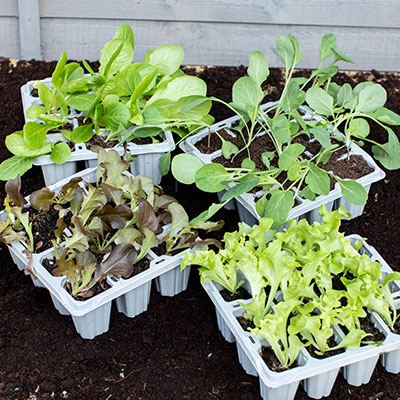
Tools for the Job
-John Innes Seed Sowing Compost
What’s the Best Season to Plant the Seeds?
Before you begin planting away, it’s important to determine the best season to plant seeds. This widely depends on the vegetable you’re planting. Some vegetables can be planted throughout multiple seasons. If you start early, you can harvest multiple times throughout the year!
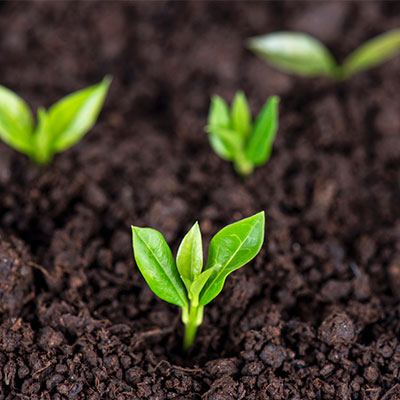
For the best results, use this list to determine when to plant your seeds:
The Best Vegetables to Plant in Spring (March-May)
These warm and sunny months usually produce more success, especially for beginners. Start sowing your vegetable seeds in the Spring to give your vegetables plenty of time to mature.
Plant these vegetables in early Spring (March to mid-April):
-Celery
-Potatoes
Plant these vegetables in late Spring (Late April to May):
-Celery
-Watermelon
The Best Vegetables to Plant in Summer (June-August)
These plants need the heat of Summer to flourish. Plant these vegetables in early Summer (June to early July):
Plant these vegetables in late Summer (Mid July to August):
The Best Vegetables to Plant in Autumn and Winter (September-November)
If you’re planning on growing vegetables in colder months, you need a hardy plant that can withstand cold temperatures. Believe it or not, it is doable!

Plant these vegetables in Autumn (September-February):
-Peas
How to Grow Vegetables from Seeds Indoors
Once you’ve chosen what you want to grow indoors, it’s time to get started! Here’s your step-by-step guide to getting your veggies growing:
9 Steps to Get Your Vegetables Growing Indoors
Follow these 9 steps on how to grow vegetables from seeds indoors, and you’ll see crop yields in no time!

1. Get high-quality seeds
The key to growing vegetables from seeds is making sure you purchase high-quality seeds. They yield more growth in your crops.
2. Use a specific seed-starting potting mix
Potting mixes are not all the same. While it may be tempting to dig up some dirt from your garden for your vegetable seeds, it’s better not to. Instead, use a specific seed-starting potting mix, such as John Innes Seed Sowing Compost. This mixture gives a great balance of water-holding capacity and drainage, so young roots aren’t over-saturated with water.
3. Use containers that have drainage holes
No matter what kind of containers you use to start your vegetable seedlings, make sure they have drainage holes. This prevents any overwatering which is deadly to young crops. Using a designated seed tray is a great way to make sure your containers have sufficient drainage holes.
4. Plant your seeds
Check your seed packet before planting your seeds to determine the proper planting depth. The general rule of thumb, though, is to plant your seeds 2-3 times as deep as the seed is wide. This means small seeds should just be barely covered by your potting mixture. Larger seeds, like carrot seeds, should be planted further down. You can also plant more than one seed because not all of them may sprout growth. You can always prune the extra ones later.
5. Find a warm location
Once they’ve been planted, the next step is to find them a warm location. Here, it’s more crucial to find them warmth versus more light. Often, vegetable seedlings do well on top of refrigerators or close to a radiator. Check your seed trays regularly for growth!
6. Keep your potting mix moist, but not drenched
Your vegetable seedlings need a balance of air and water. Keep your soil moist, but not drenched.
7. When you see growth, find a sunny spot
As soon as you see growth, find your vegetable seedlings a sunny spot. A windowsill is a perfect spot for them. However, if you want to supplement your light with full-spectrum artificial lighting, you’ll see even better results.
8. Fertilize weekly
Use organic, half-strength plant food once your vegetable seedlings have one or two sets of leaves.
9. Focus on the healthiest ones
Once your seedlings have two sets of leaves, you need to thin them. You want your seed tray to only have one seedling per pot. Choose the healthier, stronger-looking one, and use a hand pruner to prune the other seedlings off right at the soil line.
Hardening and Transferring Vegetable Seeds from Indoors to Outdoors
Once the weather warms, start hardening off your developing plants. To do this, take them outside during the day and bring them back inside each night. This climatises the plant. When the seeds have further developed, they are ready to plant outdoors. Before planting outdoors, be sure to check the back of the packets of seeds to ensure you leave the correct spacing. This varies depending on the vegetable seed.
How to Grow Vegetables from Seeds Outdoors
Growing vegetables outdoors is a wonderful and simple garden idea to spruce up your garden space. If the vegetables you’ve chosen prefer sitting in one spot from the time they’re sown until they’re harvested, then start growing them outdoors straightaway.

Here’s your step-by-step guide on how to grow vegetables from seeds outdoors:
8 Steps to Get Your Vegetables Growing Outdoors
1. Choose the appropriate location and season
Often, your vegetables need to be planted in the Spring and Summer. Wait until mid-late March or April before sowing your seeds directly into the plant bed. This ensures you’re not dealing with unpredictable weather.
2. Pick out the proper vegetables
Certain plants prefer to be planted directly into the ground when the time is right. Be sure to consult our list above to choose the proper vegetables to grow from seeds outdoors!
3. Prepare your soil
Thin out your soil into a fine consistency by tilling it with a hand fork. This helps your vegetable seedlings push through the dirt when they sprout. Depending on the season, you may need to lay down a plant warming fleece to warm your soil up before planting.
4. Properly space your seeds
If your seeds are too close together, they’ll compete for proper nutrients, light, and soil space. You won’t see much success if that’s the case! For large seeds, space them out around 4cm apart. For smaller seeds, aim for an even, thin sprinkling of the seeds in neat rows.
5. Plant your seeds
Create a small hole in the soil for your vegetable seeds. Check your seed packet for the appropriate depth. It’s usually 2-3 times as deep as the seed is wide. Water the soil before placing your seeds.
6. Add water

Don’t drench the soil, but do water your new seeds gently with a watering can. The soil should be moist to the touch.
7. Prune the weeds
Weeds are deadly when it comes to growing vegetables from seeds. They absorb the nutrients and light your seedlings need to survive. Always pull weeds as they come up.
8. Pick your produce
As your vegetables grow, pick your produce and enjoy the fruits of your labour!
How to Grow Vegetables from Seeds in Pots and Containers

Growing vegetables from seeds in pots and planters is a great idea too! Use our guide on how to grow vegetables from seeds and place your pots and containers on your patio to spruce up your outdoor space.
6 Steps to Grow Your Vegetables from Seeds in Containers
1. Select an appropriate container
Most vegetable seeds need to be grown in a small seed tray. However, some large seeds need a pot to have enough space to sprout.
2. Decide the best location
Your vegetable pots need to have plenty of sunlight to be successful. Find a sunny window, or in warmer months, set them outside on your patio.
3. Fill your container with soil
Use a quality potting mixture that’s great for young vegetable crops. We suggest the John Innes Seed Sowing Compost. Fill your container with soil so it almost reaches the top.
4. Water your soil thoroughly
Wet your soil down thoroughly. Once it drains, the soil settles several inches. At this point, add in a touch more soil so it’s up to the rim of the pot.
5. Make a small hole for your seedling or seed
Carve a small hole for your seedling in the soil. The top of your seedling’s root ball, which is the soil held together by the roots of the seedling, should sit level with the soil in your pot. Gently press down the soil surrounding the seedling. If you’re sowing seeds in the pot, make sure you plant them at the correct depth. Check your seed packet to determine this. But usually, you want to plant them no more than 2-3 times deeper than your seed is wide.
6. Water the seedling
Don’t drench your seedling or seeds, but do moisten the soil. Gently pour water over your seed or seedling with a watering can. In no time, you should see your vegetables growing from the seeds you planted!
Frequently Asked Questions About Growing Vegetables from Seeds
If this is your first time learning how to grow vegetables from seeds, then you probably have your fair share of questions. Here are some of the most common ones we get:

How Long Does it Take to Grow Vegetables from Seeds?
Like all good things, growing vegetables from seeds takes time. Certain vegetables take longer than others before you see any produce. Depending on what you plant, you may see sprouting after 3-8 days, as is the case with radishes. But others may take between 16-25 days, like with parsnips. As far as producing crops to be harvested, this again depends on the vegetable. Vegetables like beans, lettuce, and beets take around 70 days. Other vegetables such as peppers, potatoes, and carrots can take up to 120 days.
Can I Use Seeds from Store-Bought Vegetables?
Yes, it’s possible to use your store-bought vegetables to grow new veggies. However, you may find it trickier than using high-quality seed packets. For best results, purchase organic and non-hybridized vegetables if you’re planning to use seeds from store-bought vegetables.
Regardless of how you decide to grow vegetables from seeds, whether it’s indoors or outdoors, in flower beds or pots, this guide walks you through how to do it. It won’t be long before you start reaping what you sow!
To get you started, we’ve got all the supplies you need in our lawn and garden section.
Woodie's

- Lawn & Garden
6 Types of Soil for Plants: Which Soil is Best for Different Types of Plant Growth?
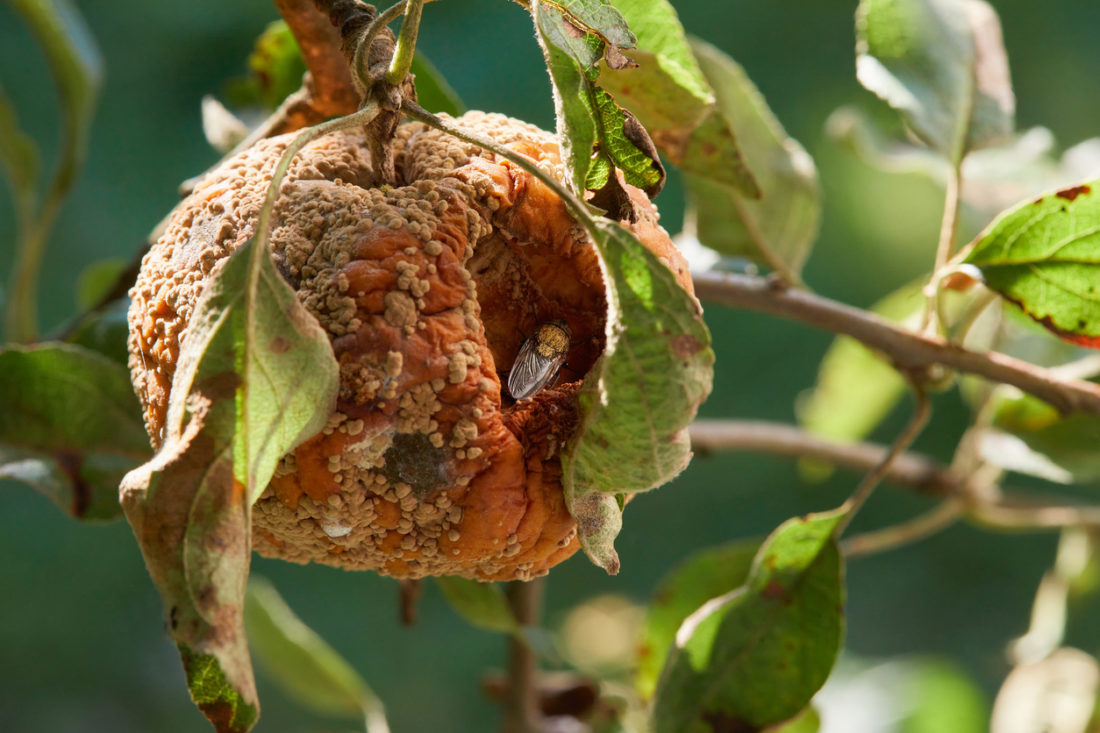
- Lawn & Garden
Everything You Need to Know About 9 Most Common Plant Pests and Diseases
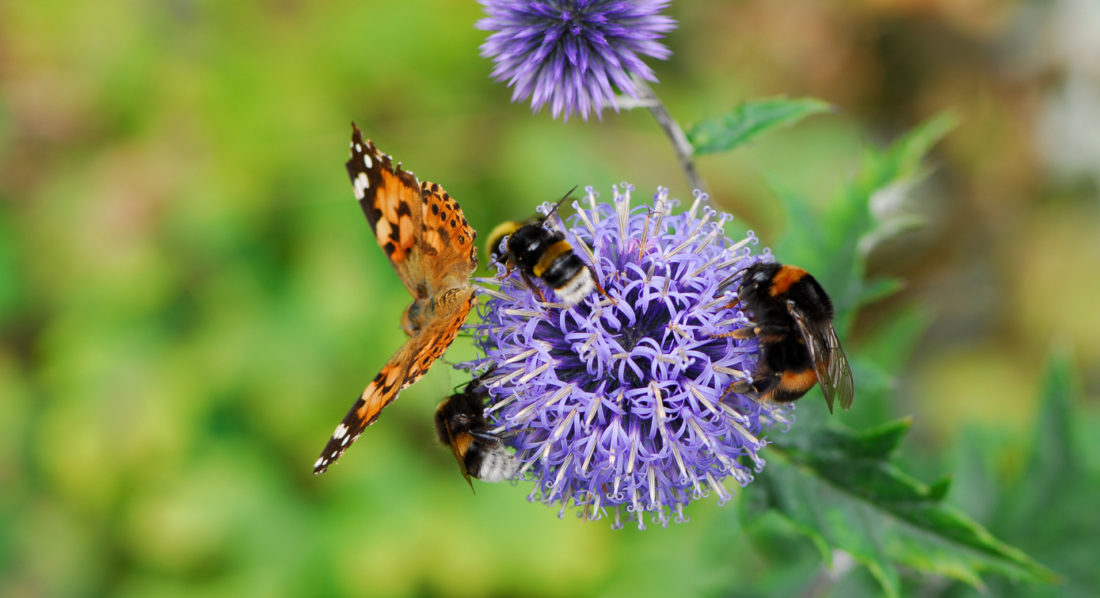
- Lawn & Garden
How to Attract Wildlife to Your Garden: 9 Ideas to Turn it into a Nature Preserve
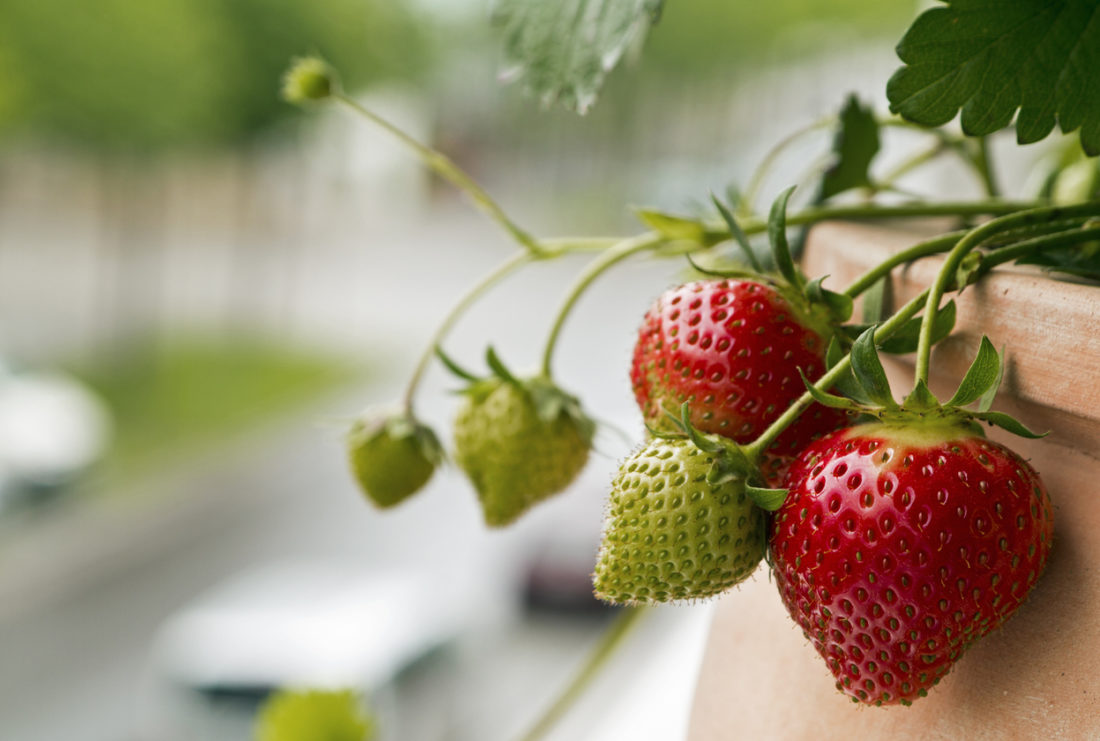
- Lawn & Garden
How to Grow Strawberries in Pots: An Easy Step-by-Step Guide
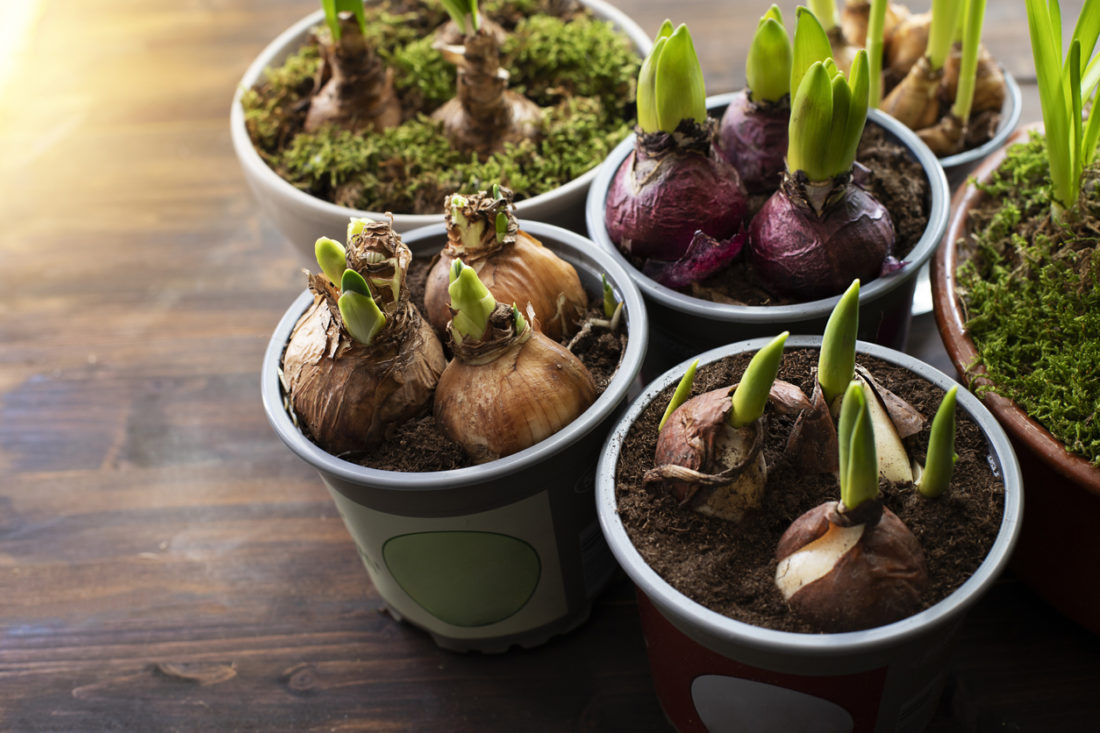
- Lawn & Garden